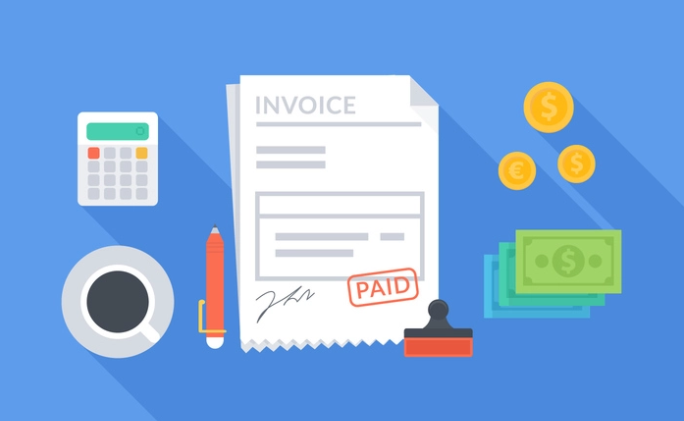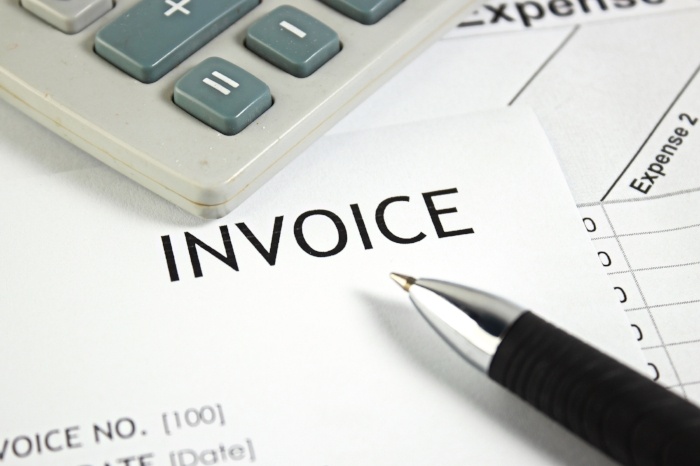
The finance company charges a small fee for the privilege and everybody wins in their own way.” When to use invoice factoring "This releases instant cash flow for you to purchase at a discount or before the price rise. You talk to your finance company and ask to advance more from invoices that have been sold to them say from 75% to 85%," says CEO Sam Duong. “Let’s say, for example, you want to take advantage of buying some stock before a price rise. Step 4: Final payment -: The factor will pay the remainder of the invoiced amount minus the fees once this has been collected from the customer invoicesĬhinese pancake manufacturer Ming Foods has used both products since 2006 and has offered an example of how invoice factoring can help you with managing cash flow:.Step 3: Collection -: The factor will proceed with the collection of the outstanding invoice total with your customer.Step 2: Contract Agreement - Once you have reviewed and signed the invoice factoring agreement, the factor will provide the advance.You may be required to provide your annual turnover as lenders may require a minimum turnover amount They will assess the risk and provide a quote. Step 1: Eligibility - Check your eligibility with a debtor or factoring company.Payment from an invoice factor is split into two phases – an advance on the invoice and once the invoice has been paid minus fees. There are a number of UK factoring companies ranging from small invoice finance providers to large enterprises. Customers won't be aware the factor is involved. Whereas, an invoice discounter will also advance a percentage to you, but you manage and collect the invoice payments. In most cases, customers will know you're using a factor. Invoice factoring vs invoice discountingĪn invoice factor takes over your debtor book, account receivables, your own credit control process and chases customers. Invoice factoring can release cash tied up in accounts receivables and release working capital. Invoice factoring is a type of invoice finance, where a business raises money by selling a percentage of an unpaid invoice value, typically 70-90%, to a third-party company (invoice factor).

Invoice factoring can potentially unlock the value tied up in accounts receivables and release the working capital small businesses need. Invoicing factoring is where a business raises money by selling a percentage of an invoices value to a third party (invoice factor).

Here, we explore the what invoice factoring is, what business types can benefit from it, as well as the pros and cons of this type of external financing. As a small business owner, it's up to you to decide whether invoice factoring can help relieve the pressures on your cash flow.
#Invoice factoring vs invoice financing free#
Invoice factoring is one way to free up more funds and boost a business' cash flow, yet a government survey shows that just 4% of SMEs used invoice factoring in 2019.


 0 kommentar(er)
0 kommentar(er)
